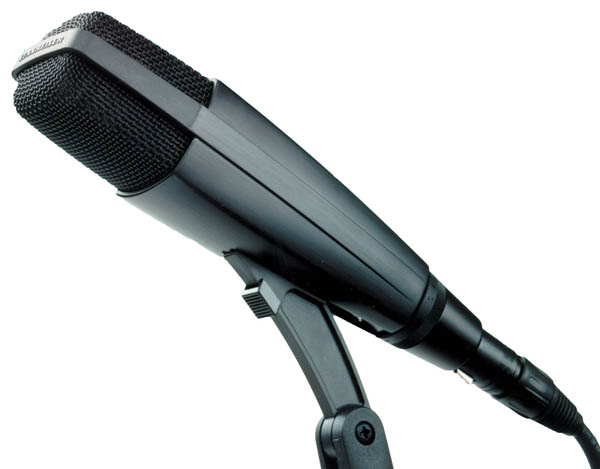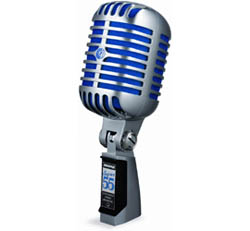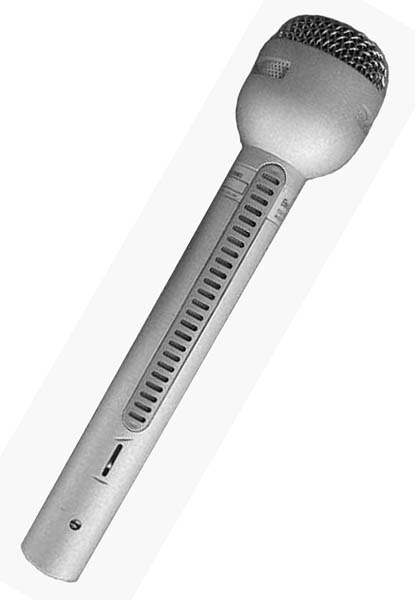Though microphones are more than a century old, the breadth of what is available continues to grow, and new innovations and applications are regularly introduced—while some of the old standards are given new life with a different form factor or are adapted to wireless use.
In interviews with a number of mic developers, we’ll explore some relatively recent milestones, as well as miniaturization and the impact of new materials and processes.
Dynamic Developments
Shure’s 1939 introduction of the Model 55 “Fat Boy” brought the world’s first unidirectional, single-element dynamic microphone. Building on a history of transducer development going back to 1925, the company’s seminal designs helped shape mic technology. Matt Engstrom, category director for wired products at Shure, describes how the availability of new materials has driven changes in design.
“When the world saw the introduction of plastic over a hundred years ago, it really helped with transducers themselves, and it paved the way for the dynamic microphone, which as far as live sound goes really helped turn the industry on its head,” Engstrom states. “Shure was lucky enough to be around at that time and take advantage of that still relatively new material called plastic.”
John Born, product manager for wired microphones at the company, adds that “the Unidyne element developed for the Model 55 is the basis for every directional dynamic microphone made today by anyone, the design that Shure invented in 1939. This year is the 75th anniversary of the technology. We’ve just basically iterated this design with the Unidyne II and Unidyne III in the 1940s, which was the basis of the SM58 and SM57.”

For Sennheiser, a big milestone in dynamic mics proved to be the introduction of the MD 421 in 1960. Brian Walker, technical services and market development, points out that the mic “has just become one of those absolutely classic dynamic microphones; people still love the sound of it. It’s still in production today, and at the time really reset the bar for what a dynamic mic is capable of doing in terms of sensitivity and frequency response.” The MD 421 is stated as providing a usable frequency response of 30 Hz – 17 kHz, sensitivity of -54 dB, and rear attenuation of -18 dB at 1 kHz—along with a hum compensation coil.
Elaborating on protecting dynamic microphones from induced hum, Electro-Voice introduced this innovation to mics in 1934—another development that is ubiquitous today. Speaking with Jim Long, whose career with EV spanned from 1963 to 2011, he points to other of the company’s contributions to microphone technology.
One of them is Variable-D technology, which uses a series of ports to minimize the proximity effect with a directional mic, is most widely recognized in the RE20, with its wide application in broadcast as well as for kick drum and instrument miking.
Long continues, “The Variable-D principle appears to have been first used in the Model 664 microphone from the mid-1950s (a patent was filed in 1954), and a couple years later AKG introduced a dynamic with a much more svelte appearance and a 3/4-inch barrel—which was the impetus for EV to develop the RE15, which had a Variable-D slot along the handle. Though you wouldn’t normally do this, if you talk into the side of the microphone up near the head, you’ll hear the high frequencies, and as you move down the slot along the handle, the lower frequencies are emphasized. But when you talk into the head of the mic either close up or at a distance, the frequency response is the same.”





















